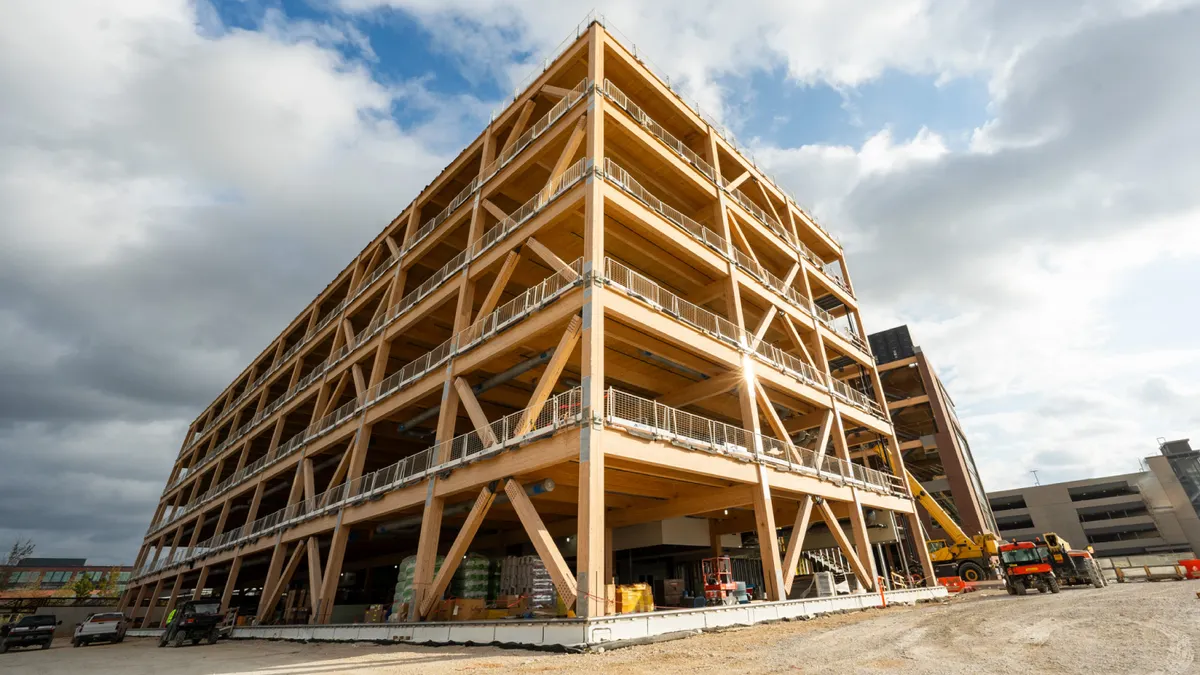A high-ranking Department of Defense official discussed his vision and the important reforms being put in place around military construction during a conference in Washington, D.C., last week.
Since 2015, the department has been working to better vet projects before work begins and to bring contractors and other partners in early on to better prevent problems after construction begins, said Deputy Assistant Secretary of Defense for construction Michael McAndrew.
"We were putting a lot of projects forward that probably shouldn't have been ready to go to the Hill, go to Congress for approval for authorization appropriation," he said during the 2021 Design-Build Institute of America Federal Design-Build symposium last week. "What we found was the site conditions weren't properly looked at, and we were guessing things."
The Defense Department — the largest employer in the U.S. — is revising how best to select and execute on its construction projects. The DOD started looking into U.S. military construction reform around 2015, McAndrew said.
McAndrew said he is reaching out to contractors through the Society of American Military Engineers, asking questions like "How can we do this work better?" or "What are things that we are not doing right?" in hopes of bringing in expertise and improving project outcomes.
The department is also working on definitions in the industry. For example, McAndrew said where the industry would call something "x," his teams were "calling it x plus y, so we changed the terminology."
"This is really intended to do one thing and that was to improve the communications accountability and definitions of the project upfront," he said.
The importance of collaboration
He said other areas for reform are examining risks upfront and working with all parties involved on a project. A typical project could mean working with the owner and project sponsored in addition to other users.
"We got a whole myriad of people that get involved in these projects that we want to bring to the table early on," said McAndrew. "We're going to bring anybody who thinks they have an opinion on this thing in early, document all the responsibilities and document the data that will be needed to manage this project."
After all parties involved have signed, the document can serve as a mini contract to ensure commitment to sharing data, as well as laying out who's going to share what and at what point each party will share it, he said.
McAndrew said more reforms are on the horizon.
"I've got policy changes, I've got data and metrics, there's just a lot that's going to go on in the next couple of years here, as we roll this out," he said.
The symposium also highlighted the growth of design-build in particular.
FMI Corporation projects design-build project delivery will see a 7.6% annual growth rate between now and 2025, said Lisa Washington, executive director of the Design-Build Institute of America. She said that FMI predicts that design-build will be involved in as much as 48% of all design and construction in the U.S. in 2025.













